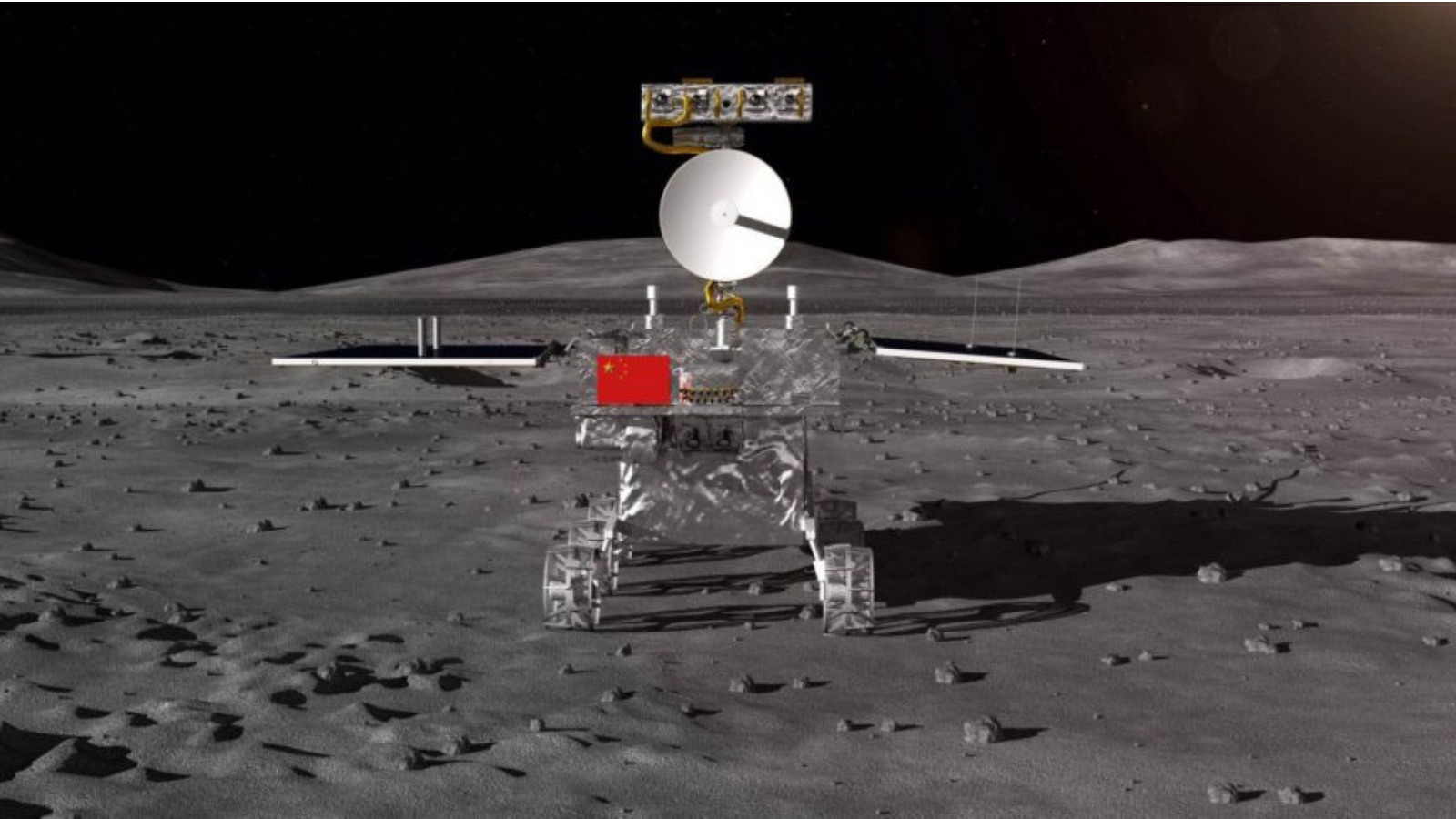
China
02:46, 08-Dec-2018
China sets exploration to the dark side of the moon
Updated
02:21, 11-Dec-2018
CGTN

It is a historic day for China's space program as it sent a lunar lander and rover on the first-ever mission to land a robotic craft on the dark side of the moon.
The Chang'e 4 mission will send up a lunar rover and lander to unlock some of the mysteries of Earth's nearest neighbor in space. The Chang'e 4 is expected to land on the Moon in early 2019.

A render of the Chang'e-4 rover on the lunar surface, released
A render of the Chang'e-4 rover on the lunar surface, released
The mission, named after Chang'e 4, the Chinese Moon goddess, is China's second one to use a lunar lander and rover. The robots used in this new mission are both upgrades from the lander and rover used in China's successful Chang'e 3 mission, which put a lander and a rover named Yutu on the moon in 2013. The Chinese say Chang'e 4 is designed to better meet new scientific objectives than its predecessors, Chang'e 1,2 and 3.
As a prelude to tonight's mission, China launched the Queqiao relay satellite back in May.
“The name Queqiao means ‘magpie bridge' in Chinese and comes from a Chinese folk tale, a love story about a flock of magpies that form a bridge crossing the Milky Way once a year to reunite lovers known as the Cowherd and the Weaver Girl, as well as their children” according to a blog post by Luyuan Xu at the Planetary Society.
The Chang'e 4 mission will visit an unexplored region of the lunar surface called the South Pole-Aitken Basin, located in the southern hemisphere of the dark side of the moon, which includes the Von Karman crater, among many others.
While there, the Chang'e-4 will map the area surrounding the landing site, as well as conduct the first radio astronomy experiments on the dark side of the moon, with the goal of discovering whether or not plants can grow there.

SITEMAP
Copyright © 2018 CGTN. Beijing ICP prepared NO.16065310-3
Copyright © 2018 CGTN. Beijing ICP prepared NO.16065310-3